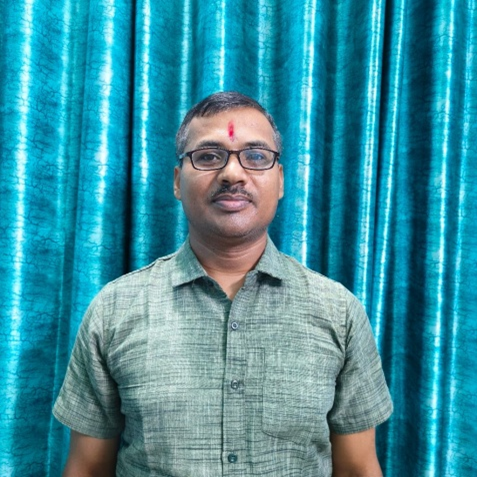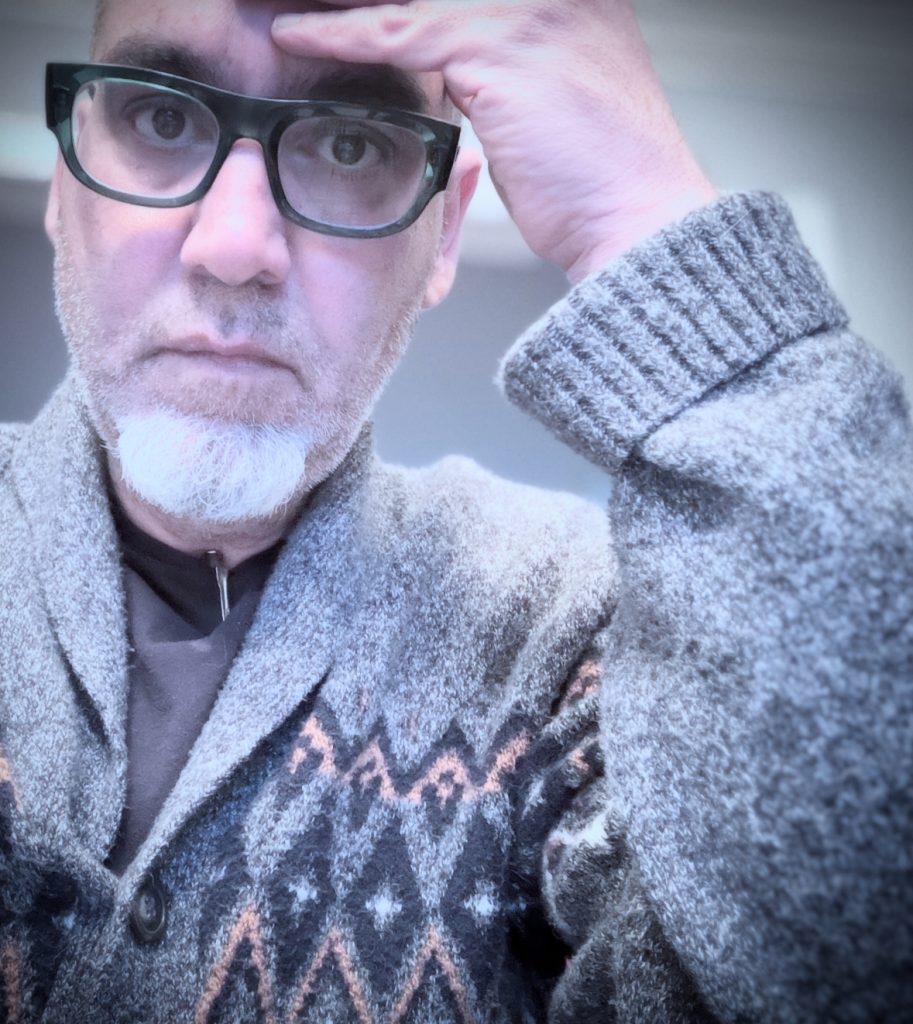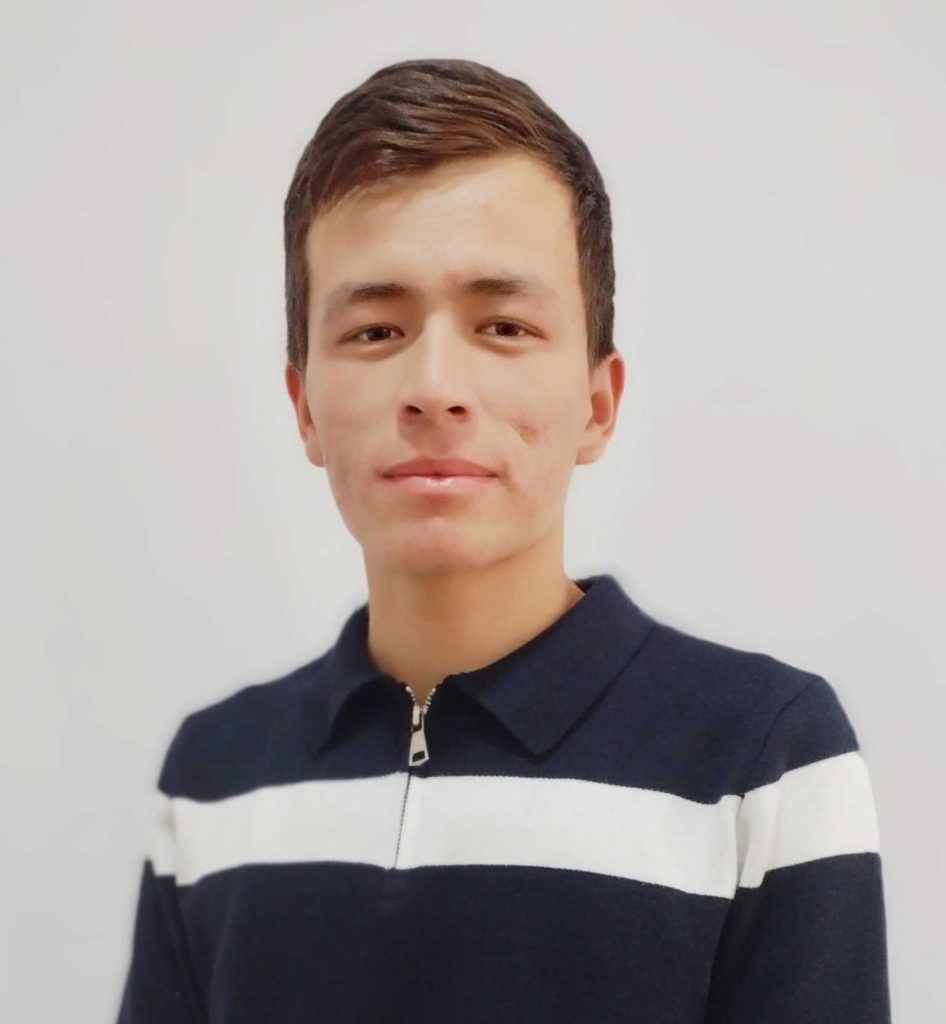Moths Attracted to the Light in Gas Station Bathrooms
Jesus Christ inspired me, stare dead-eyed, cool, un-broken,
at vermin scurrying away from Golgotha,
then days later he was back to say “so long for now, kiddo”
as if Elvis in ’68 had been beaten to the post,
Colonel Steve Austin half-frozen escaping that freezer in ’74
that stunk of death and twisted rural hobbies,
warm as Jesus when he reached flat and sun-shadowed ground
in an epiphany that the mountain wasn’t coming to me, nor those steel-wrought cheque books,
not even those blood-lipped assassins I’d been lying awake thinking of had a dirty weekend
to concoct some 1940s shakedown,
in that final quarter of that December ballgame
across a set of lips so frozen I’d been sworn to steel’s most coldest silence,
even within this scurrying swoosh of frost those who’d shown me how to dream
spoke gently – slow down, take it in, this is the eternal –
no moth who worshipped a gas-station bathroom light means me any harm,
I watch them fly away, sunshine is their religion. Maybe we can teach each other how to pray.
Connemara : 1986
County Galway, it’s raining,
and the music doesn’t ask me for my song,
aching slender sonnets
on its mossy alphabets,
roadside, roadless,
the broken heart of the used-up railway line
asking me to me make it a poet. I swear to Jesus I will;
the internal organs of Autumn
speak watery creoles of their missing bones
The Sun Doesn’t Need to Set, It Hardly Moved a Muscle All Day
Out at the sandbanks
water doesn’t learn which way goes east, which ways make men violent;
we’re sailors; dumb and laugh-bleached dirty-garments stretched to our skin’s best instincts of fighting, rich and poor, no money, cash strangled in a bag of cats
superseded by a crippling map;
Tuesday-town owns nowhere, the moon reverses to our oceans
to calm its smoke, not too late for prevent a fire, too late
to drown secrets – look at a diagram the seashells left in the sand –
no, no-one can;
the sand has drowned – the seashells
are a wino’s roller coaster
of broken teeth, tremendous and bitter
A Poem Written on August 1st, 2024
Without thinking, I knelt in the grass, like someone meaning to pray
Louise Glück
In a bedroom, strange, though not foreign,
houndstooth eyes
gamble money-cash
as a witness points at a frightened light.
I think I hated someone this morning.
There’s time to reach a 24 hour confession-box
as hour 25 is swallowed by a snake,
cold sand and diamond tanning itself on a cactus tree’s wild language.
Every strand of cotton hanging to everyone’s nail
comes from somewhere belongs somewhere, comes from somewhere belongs somewhere.
Heligoland’s dark and speaks of a winter’s stolen grace,
everything’s whittled down to a glass firmament on a simple rib.
The sea feels it, existing as glass and light
between its nude after dark dreams,
people descend upon it with their foam-lip animals
and their relics of express trains and their silly stomachs jangling in food.
To experience an unwitting baptism,
the police patrol the ancient sands, this cannot be Egypt, we have fled knowledge,
reason, early vestiges of pornography
or false gods levitating in flame.
Everything is simple and lost to math, china-plate toes an emperor of sand.
Light cascading until nothing, light cascading until nothing, light cascading until nothing.
Dusk, saffron prayer, angels spool withered thoughts,
a cat hollering archway music, ceramic ladies cautious on their milky staircase,
voices electric and programmed,
trains do not anger their stations on approach.
My brother, lost in a forest, made fire from a leaf, cast a spell out of water,
told college friends he had bred several heirs to European thrones on a mountain.
In his page in a notebook under a psalm,
my brother whom, subject to sleep, found nothing he had wished for,
a cat clawless and the visionary carried on the smoke,
laughing in the water








